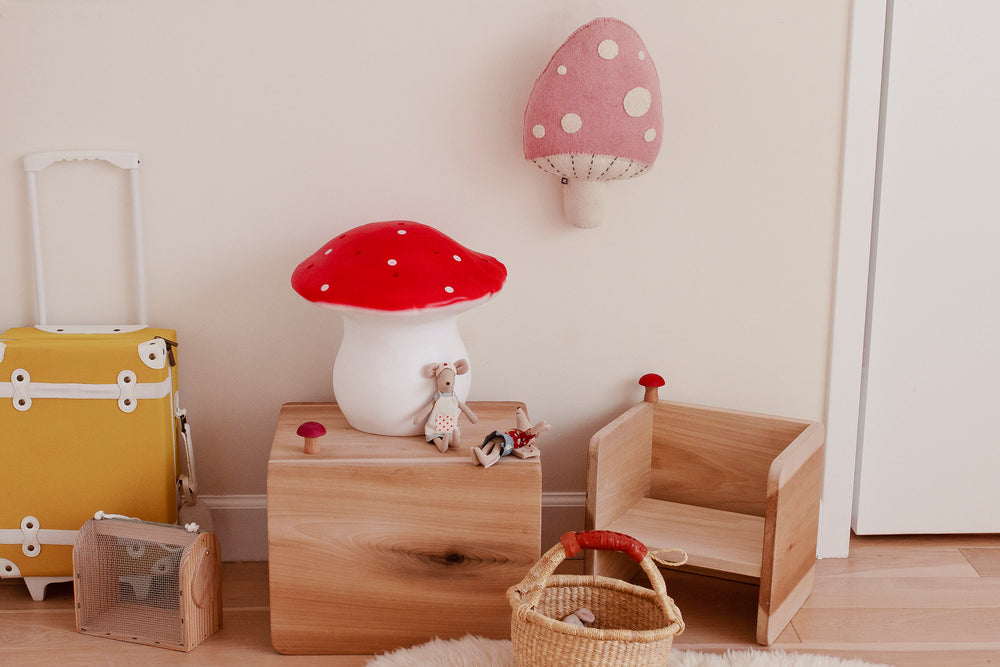5 Ways to Play Indoors


We're here to help you make the most of these long winter days! Whether you're quarantining as a family or simply trying to stay cozy this winter, we've got you covered. Here are a few of our favorite ways to play indoors:
1. Gather your family’s collection of instruments (or noisy household materials) and add sounds to a familiar story. Try reading a beloved book together or take turns retelling a story from memory. Sound can be used to portray the environment, as well as the emotions or actions of a character. You might bang on a drum to represent a large animal walking through the forest or jingle a set of keys to serve as a rainstorm. You can even take turns making up musical stories of your own!
2. Take on a family “block challenge” to explore the many ways you can play with blocks. Decide how many blocks each family member will use for the challenge. (We love starting with 10!) Children can count the blocks and pass them out; everyone should begin with the same number of blocks in front of them. What can each person do with his or her 10 blocks? After building independently, everyone can share their creations and investigations!
3. Embark on a Color Hunt together. Choose one specific color to begin. Children can collect items of this color from around your home and place them inside a large box, laundry basket or rolling cart/doll stroller. He or she can transport these items to a designated space, such as the center of the living room. Choose a new color and search some more! When your family has gathered items of different colors, compare and contrast each category. (Examples: How many red items did you find? What color is the largest item you found?) You can also use this process for a Letter Hunt and search for items that begin with a specific letter!
4. Transform a large container into a sensory bin by filling the container with one sensory material. Some of our favorites include dried grains or beans (rice or garbanzo beans), art materials (pom poms or buttons), and natural materials (sand, sticks, pebbles, or water). Add open-ended tools, such as measuring spoons or small containers of various shapes and sizes. (We love using empty muffin trays!) Now it’s time to mix, pour, dump, and play!
5. Fill the bathtub (or a large bowl) with water for an epic game of Sink or Float. Gather items made of different materials to test. Will these items sink to the bottom or float to the top? You could try this with an avocado pit, a small piece of bubble wrap, a metal bowl, and any tiny toys that can get wet! Older children can make predictions before placing each item in the water. (Example: “Do you think this wooden block will sink or float? Why?”) Try categorizing items based on these predictions. Now head to the bath and test out those theories!
Recent Articles
-
Playful Primer 10 Must-Have Toys for Your Next Backyard BBQ
Summer is just around the corner and we're ready for it! From backyard BBQs to neighborhood park outings, we've discovered...
read more -
Playful Primer Tips & Toys to Support Group Play Experiences
Catching a glimpse of children happily engaged in pretend play is like witnessing pure magic. Ever wonder how closely you...
read more -
Playful Primer 5 Ways to Strengthen the Bond Between Siblings
“I’ll take care of the bike. You take care of each other.” This is what I said to my children...
read more
